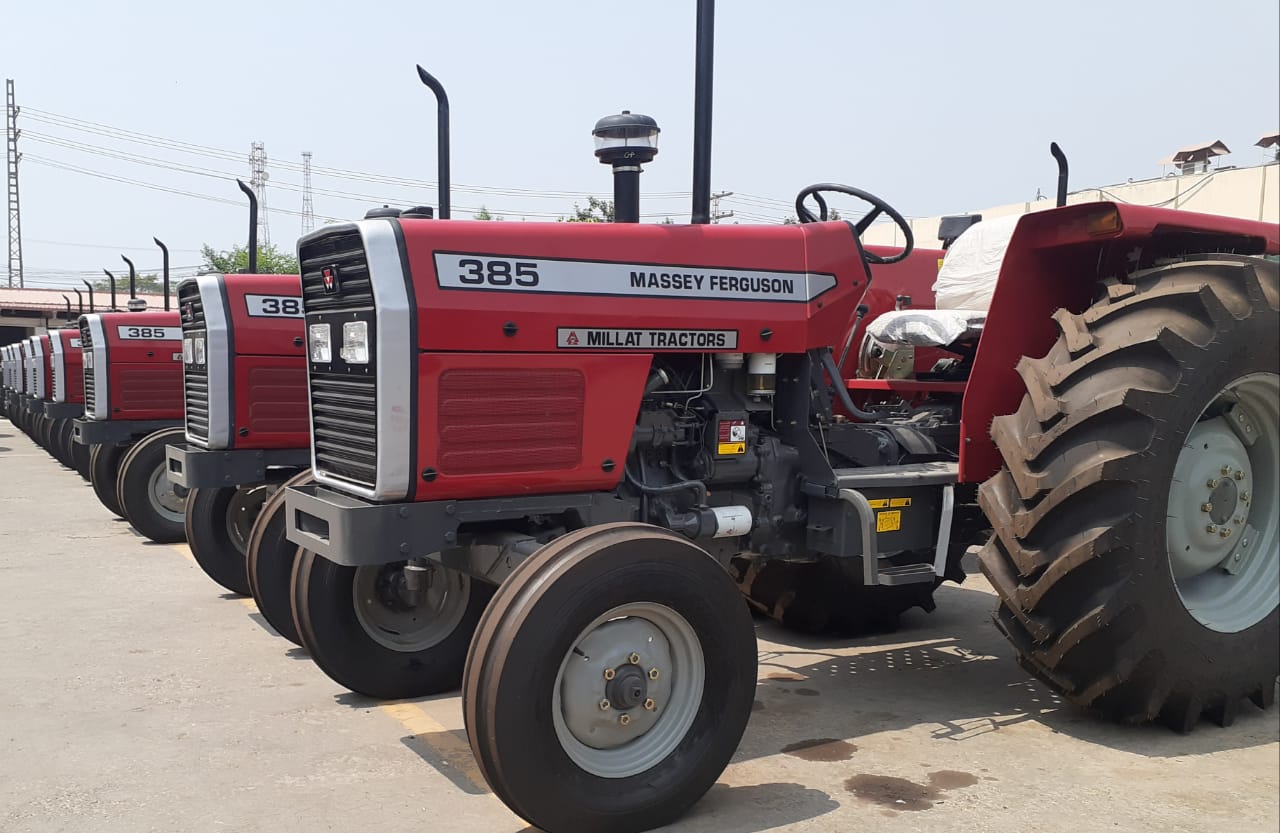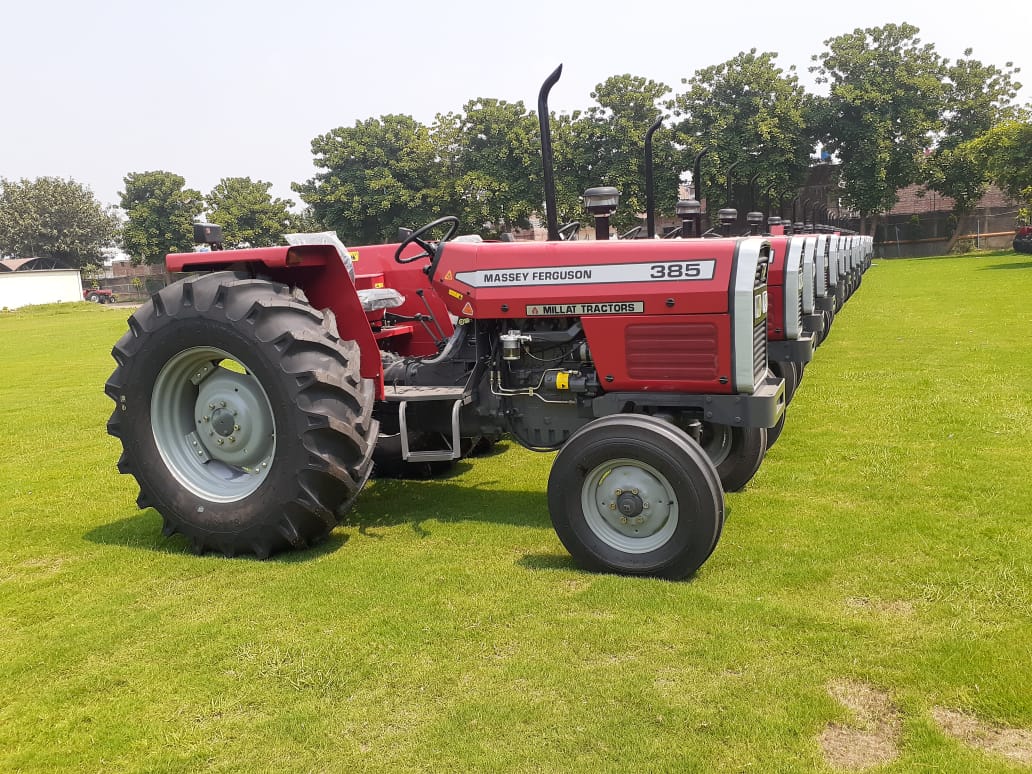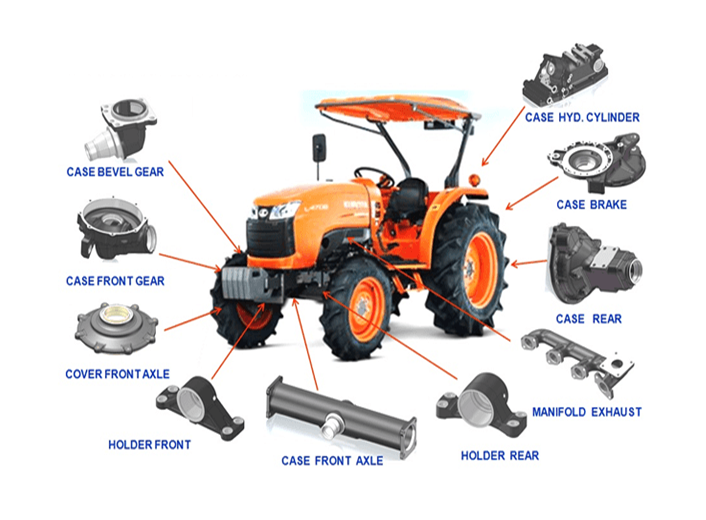How do you maintain a tractor battries?
How do you maintain a tractor battries?
Maintaining Tractor batteries in machinery sitting idle over the winter requires some sort of strategy if their cranking power is to be preserved.
In the past, you removed batteries and connected them to a trickle charger. As equipment employed bigger and heavier batteries and even groups of batteries, manufacturers often buried these units deeper into machinery, making removal difficult.
The advent of onboard computers has made off-season storage even more complicated. Since many onboard electronic devices have a low but steady electrical system draw, batteries that stay in vehicles may need to be periodically recharged.
Some manufacturers recommend removing the batteries or disconnecting the negative cable when machinery is stored over 60 days. Other firms specify leaving the battery group in and recharging every six weeks.
Here are four essential steps to maintain Tractor Batteries:
- CLEAN UP
Clean all dirt and residue off the battery and out of its case. Accumulated soil and chaff aren't so bad when the machine is in daily use. However, that very same dirt can draw enough moisture in storage to show the mixture into a conductor and slowly discharge the battery over time.
- CHECK WATER LEVELS
Check the water level in each cell and add water PRN. Only use water because it doesn't contain minerals that, over time, can coat a battery's internal plates.
- CHARGE them UP
Charge the battery with a low-rate charger until the at-rest (float) voltage is at or near 13 volts. Not all battery maintainers can bring an undercharged battery group up to full charge. they're only capable of maintaining a charged battery. So it's essential to precharge the battery with a low-rate charger before connecting the maintainer.
- MAINTAIN CHARGE
Connect the maintainer to the battery or battery group. Maintainers may be used with a permanently installed plug-in wiring harness or connected with clips like A battery charger. If a permanent wiring harness is employed, it must always have an in-line fuse and be installed in such a way that it's shielded from damage while the machine is operational. It should even be noted that one maintainer can service multiple devices if the machines are near one another in storage.
Custom-built extension cords (built from the bulk thread) are employed to deliver maintenance power from one maintainer to batteries on multiple machines scattered across a shed. Jumper cables (extension cord size) are often accustomed to connecting several devices in parallel to at least one maintainer, as long because the voltage of the battery groups is the same.
Of course, each battery in each machine should be dropped at float voltage by a low-rate charger before multiple devices are parallel-connected to one maintainer for long-term storage. Due to the tremendous amperage available from the battery groups, every wiring harness that's used (either clip-on or permanent) should have an in-line fuse installed on the positive wire where it connects to the machine. The harness or maintainer wiring harness is often connected anywhere on the device. It should be more convenient to attach to an external positive and harmful than on to the battery. maintain batteries of Tractors
Other Blogs

What is the most reliable trac...
Do you need to hire a tractor but not sure which brand is the best one? Most tra...

Best form tractor from Pakista...
Pakistan could be a growing market for major farm tractors exports because it ha...

What is the best tractor expor...
Tractors Buy Tractors was formed in Pakistan, and since that day, we have been e...

What are the parts of the trac...
Whether you've got been farming for 50 years or 50 days, you ought to start your...
